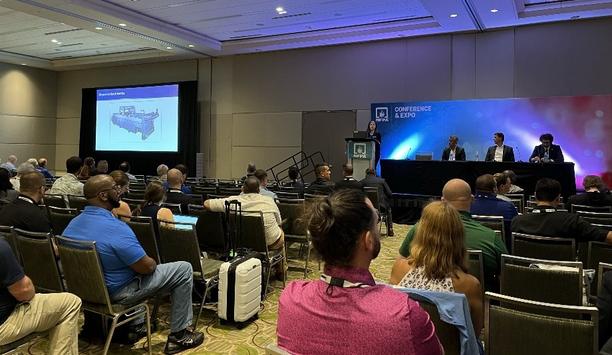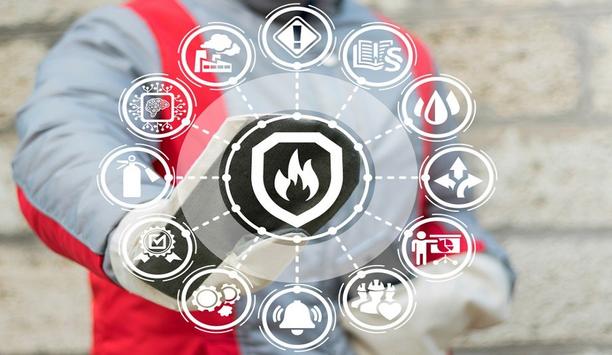Not so long ago, there was a time when a dirty helmet symbolized firefighter bravado. A dirty helmet was seen as a testament to how hard a firefighter worked and the horrible conditions he or she withstood when completing their duties. Sometimes, there was even concern that washing and cleaning a helmet would somehow reduce the likelihood of catching another fire in the near future.
A dirty helmet no longer necessarily shows anything about a firefighter's competency or dedication to their job. While a dirty helmet may be a sign that a firefighter has been on many calls and has experience, it is also a potential health hazard due to the accumulation of harmful bacteria and carcinogenic substances on the interior of the helmet. Therefore, a clean helmet is considered a sign of professionalism and attention to detail in the firefighting community.
Polycyclic aromatic hydrocarbons
Dirty helmets can increase the risk of cancer for firefighters due to the accumulation of carcinogenic substances and chemicals on the interior of the helmet. Firefighters are exposed to a range of toxic and carcinogenic substances when they respond to fires, including benzene, formaldehyde, and polycyclic aromatic hydrocarbons (PAHs).
Choosing safety and health over displaying an ego-driven trophy is not always easy
These substances can adhere to the helmet's interior, making it a potential source of exposure even after the fire has been extinguished. Prolonged exposure to these substances increases the risk of cancer, particularly for firefighters who have been on the job for many years. Choosing safety and health over displaying an ego-driven trophy is not always easy. The origins of dirty helmet syndrome can be traced back to the early days of helmet usage. As people began to recognize the importance of wearing helmets for safety, concerns about the hygiene of helmets also arose.
Specialized cleaning solutions
Efforts are made to combat dirty helmet syndrome through the use of antimicrobial materials, regular cleaning, and education about the risks associated with wearing dirty helmets. Firefighters take their safety and health seriously and understand the importance of keeping their equipment clean and well-maintained.
Regular cleaning of helmets and other firefighting equipment can help reduce the risk of exposure to carcinogens. Firefighters are also encouraged to follow proper safety procedures and wear personal protective equipment (PPE) to minimize their exposure to hazardous substances. Fire departments now use specialized cleaning solutions and equipment to decontaminate gear and reduce the risk of cancer for firefighters.
Dangers of dirty helmets
There are several ways to educate firefighters about the dangers of dirty helmets:
- Training: Include information about the risks of dirty helmets and how to properly clean and maintain them in firefighter training programs.
- Workshops and Seminars: Conduct workshops and seminars on the hazards of exposure to carcinogens and the importance of keeping firefighting equipment clean, including helmets.
- Resources: Provide firefighters with access to resources such as articles, videos, and brochures that highlight the risks of dirty helmets and how to clean them.
- Role Models: Highlight the practices of experienced firefighters who keep their helmets clean and well-maintained as role models.
- Policies: Develop and enforce policies and procedures for cleaning and maintaining firefighting equipment, including helmets. Policies ensure best practices are employed dependably rather than merely suggested. Complaints and discipline are needed to ensure clean gear.
- Equipment: Provide firefighters with access to specialized cleaning solutions and equipment to decontaminate gear and reduce the risk of cancer. Some departments provide personnel with two helmets so that there is always one available if the second one is being cleaned properly.
Wearing firefighting gear
Overall, a combination of training, resources, policies, and equipment can help educate firefighters about the dangers of dirty helmets and promote the importance of keeping their equipment clean and well-maintained.
The culture a department promotes is a driving force of how firefighters act. Accountability ensures compliance. In summary, wearing firefighting gear thickly layered with carcinogens and dangerous toxins is uncool. Organized methods for safety, from firefighting techniques to gear decontamination, are essential and are now valued and expected.





































